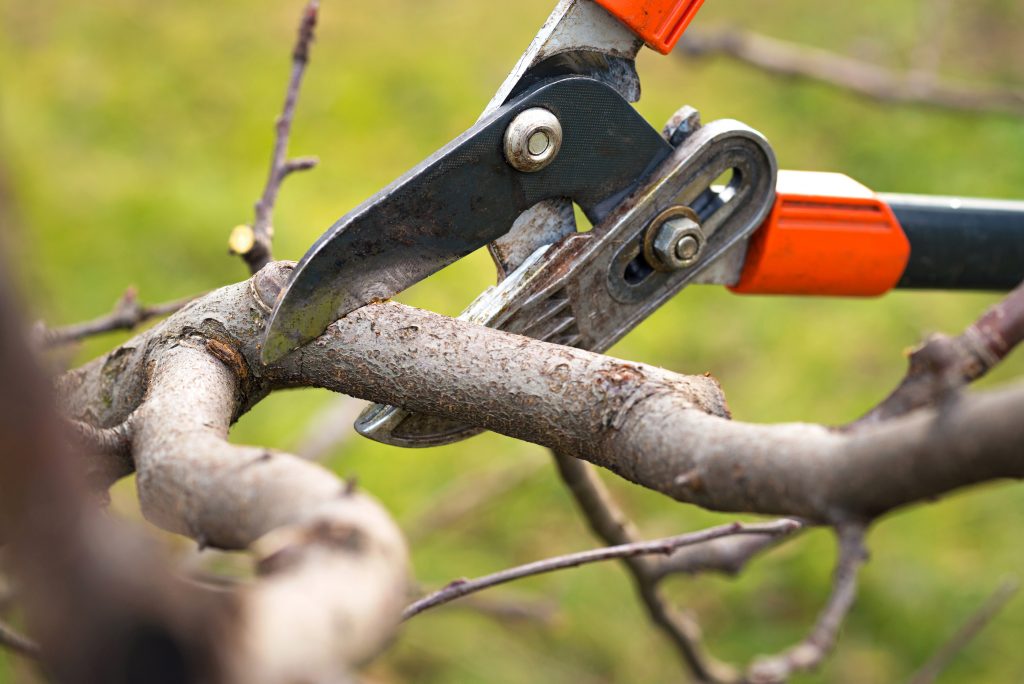If you have large trees in your yard, you might be concerned about their size and growth. Large trees look beautiful, but they can reach overhead lines, become unstable, and be dangerous in a storm. Typically, trees need to be pruned and maintained for their health and your safety. While there are many methods of pruning, here we look at three common methods.
This type of pruning is used to reduce the overall size of a tree to fit a defined area and offers a longer-term solution. It involves removing the upper branches or top of the tree in a way that creates denser foliage within a smaller canopy. At first, pollarding may not typically create a very attractive appearance, however, as new growth appears, foliage becomes denser and much more appealing. One advantage of this approach is that it maintains the tree in a juvenile state, which can help the tree to live longer. The tree also has less height, which makes it less susceptible to wind damage.
Reducing
Reducing typically involves cutting back limbs to their point of origin on the tree. Unlike pollarding, it does not create a long-term solution. The tree branches will grow back and will require reduction or other methods of pruning again in the future. Reducing mostly just shortens the length of branches and stems. Reducing may be needed to keep trees away from overhead lines. It can also help protect very large trees that are otherwise at risk of being blown over in bad storms or dropping branches in a dangerous way.
Topping
Tree topping involves removing large branches, whole tree tops, and even the top of the tree trunk. It may be done to reduce the tree from view or limit its shade. This approach can be deadly for some tree types because it removes the parts of the tree that are necessary for it to sustain itself. The new lack of shade on bark can lead to too much sun exposure and tree decay, while also removing the leaves that are the tree’s energy source. This approach is sometimes used to promote new growth, but it is a risky approach, as the tree is more susceptible to insects and fungi.
The Right Type Of Pruning
Pollarding, reducing, and topping are just three methods for tree pruning. Choosing the right technique depends on the type of tree and the demands of the space, which is where the assessment of a skilled arborist can help you make the right choice. Where possible, milder and less invasive methods of pruning, applied regularly to control growth and tree shape, usually create the best outcome for trees.
If you need pruning for the trees in your yard, it’s best to connect with a professional arborist or tree service. They can survey the area, assess the trees, and make recommendations for your best pruning options, then carry out the job correctly. This helps preserve the appearance and health of your trees, while protecting the safety of your yard and home.
 Bringing Sexy Back Into Your Yards
Bringing Sexy Back Into Your Yards 
